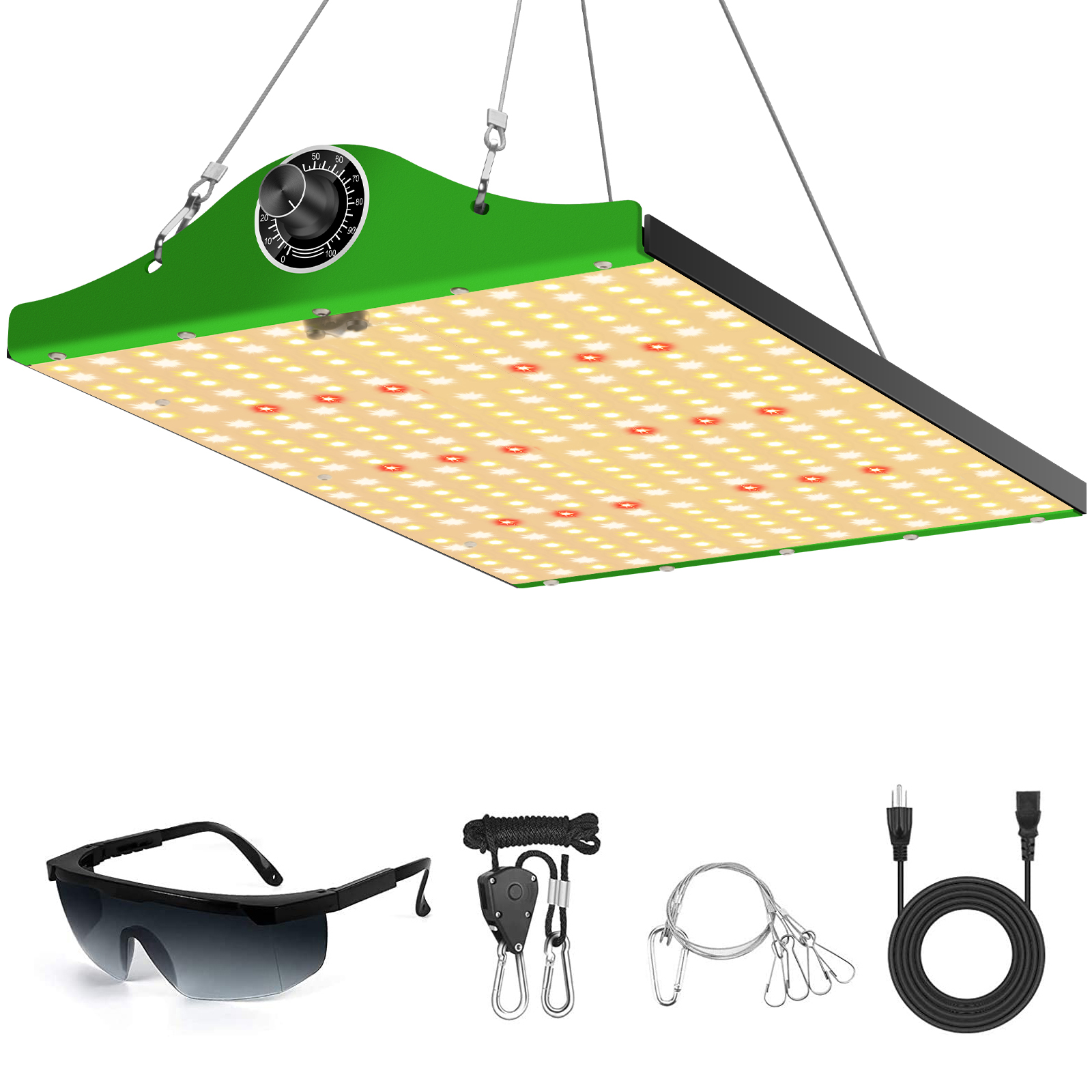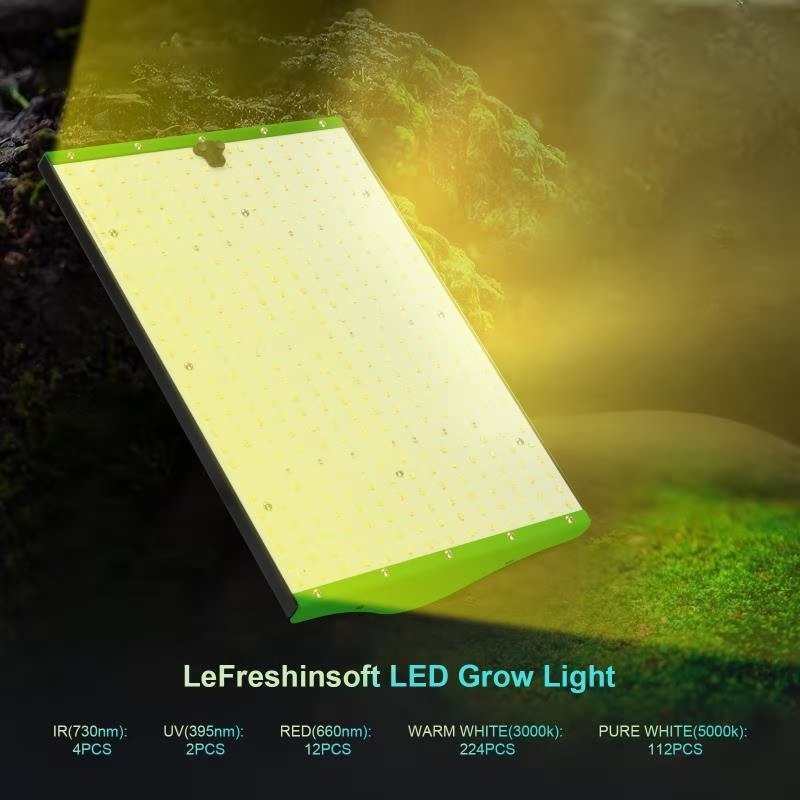Grow Light panel with scientific spectrum, include red, warm white, 6000k, UV IR led, the best grow light for indoor plant growth. also customized ratio by your requirement.
Quantum Board Grow Light is a great ideal for all kinds of indoor garden plants: lettuce, orchid, organic herbs, pepper, strawberries, succulent, hydroponic, medical plants.
grow light strip, grow strip, led strip grow plants, led grow light strip review,led grow light strip kit Shenzhen Wenyi Lighting Technology Co., Ltd , https://www.szwygrow.com
On the one hand, the nitrogen infiltrated into the steel forms iron nitride with different nitrogen content from the surface and the iron. On the one hand, it combines with the alloying elements in the steel to form various alloy nitrides, especially aluminum nitride and chromium nitride. These nitrides have high hardness, thermal stability and high dispersion, which results in high surface hardness, wear resistance, fatigue strength, seizure resistance, resistance to atmospheric and superheated steam in nitriding steel. Corrosion resistance, temper softening resistance, and reduced notch sensitivity. Compared with the carburizing process, the nitriding temperature is relatively low, so the distortion is small, but because the core hardness is low, the infiltration layer is also shallow, generally only meet the requirements of wearing light and medium load wear resistance and fatigue resistance, or Machine parts that are resistant to heat and corrosion, as well as a variety of cutting tools, cold work and hot work dies. There are many methods for nitriding, and gas nitriding and ion nitriding are commonly used.
Gas nitriding is generally aimed at improving the wear resistance of metals, and therefore it is required to obtain a high surface hardness. It is suitable for 38CrMnAc isotonic steel. The surface hardness of the workpiece after nitriding can reach HV850~1200. The nitriding temperature is low, the workpiece distortion is small, and it can be used for parts with high precision requirements and wear resistance requirements, such as trampoline masts and spindles, grinding machine spindles, cylinder sleeves, and the like. However, because the nitriding layer is thin, it is not suitable for bearing heavy-duty wear parts.
The gas nitrogen can be nitrided by general nitriding (ie isothermal nitriding) or multi-stage (two-stage, three-stage) nitriding. The former is that the nitriding temperature and the ammonia decomposition rate remain unchanged throughout the nitriding process. The temperature is generally between 480 and 520 ° C, the ammonia gas decomposition rate is 15 to 30%, and the heat preservation time is nearly 80 hours. This process is suitable for parts with shallow infiltration, strict distortion requirements, and high hardness requirements, but the processing time is too long. Multi-stage nitriding is carried out by using different temperatures, different ammonia decomposition rates and different times for nitriding and diffusion in different stages of nitriding. The whole nitriding time can be shortened to nearly 50 hours, and a deeper layer can be obtained, but the nitriding temperature is higher and the distortion is larger.
There is also a gas nitriding for the purpose of corrosion resistance, the nitriding temperature is between 550 and 700 ° C, the temperature is maintained for 0.5 to 3 hours, the ammonia decomposition rate is 35 to 70%, and the chemically stable compound layer can be obtained on the surface layer of the workpiece. Prevent the workpiece from being corroded by humid air, superheated steam, gaseous combustion products, and the like.
The normal gas nitriding workpiece has a silver-gray surface. Sometimes, it may be blue or yellow due to oxidation, but generally does not affect the use.
Whether it's hydroponics, plants in soil, you can add a touch of magic to every veg and flower with Xeccon grow lights.


Metal heat treatment: nitriding (1)
A chemical heat treatment process that infiltrates nitrogen atoms into the surface of a steel workpiece. The traditional gas nitriding is to put the workpiece into a sealed container, and to pass the flowing ammonia gas and heat it. After a long time of heat preservation, the ammonia gas is thermally decomposed to generate active nitrogen atoms, which are continuously adsorbed to the surface of the workpiece and diffused into the surface layer of the workpiece. , thereby changing the chemical composition and structure of the surface layer to obtain excellent surface properties. If carbon is simultaneously infiltrated during the nitriding process to promote the diffusion of nitrogen, it is called nitrocarburizing. The study of steel nitriding began in the early 20th century and was industrially applied after the 1920s. The initial gas nitriding was limited to steel containing chromium and aluminum and later expanded to other steel grades. Since the 1970s, nitriding has developed rapidly from theory to process and has become more and more perfect. The applicable materials and workpieces have also expanded and become one of the important chemical heat treatment processes.